The new Dietary Guidelines for Americans 2020-2025 was quietly published December 29, 2020. And the Physician’s Committee for Responsible Medicine (PCRM) has demanded that the USDA retract and redraft the guidelines.
Disappointingly, (but not surprisingly,) the new guidelines still call for dairy – a whopping 3 cups of it a day. They make this dairy recommendation despite the avalanche of evidence that milk products are not required to meet our nutritional needs, and that it contributes to cancer and other health problems.
Dairy Increases Cancer Risk
Research shows that dairy increases breast cancer risk by up to 80% and increases the risk of death from prostate cancer by 141%. Both high and low-fat dairy products were associated with increased mortality.
Other research has shown that women who consume 1 cup of cow’s milk a day have a 50% increased risk of breast cancer. (Remember all those Yoplait yogurt pink lids for Susan G. Komen’s Race for the Cure? I know, the irony is heavy, raising money for breast cancer cures with a product that increases the risk.)
PCRM expressed concern that the new guidelines will be particularly deadly for the Black community, as breast cancer death rates are 40% higher among black women compared with white women, and black men are twice as likely to die of prostate cancer compared to other men.
After researchers followed over 52,000 North American Women for 7.9 years, they concluded:
“Higher intakes of dairy milk were associated with greater risk of breast cancer, when adjusted for soy intake. Current guidelines for dairy milk consumption could be viewed with some caution.”
Dairy Increases Heart Disease Risk
According to the new guidelines, “a healthy dietary pattern . . . is based on consuming foods and beverages in their nutrient-dense forms . . . with the least amount of added sugars, saturated fat, and sodium.” It also says that saturated fat should be limited to less than 10% of calories per day. Only about 25% of Americans are meeting this benchmark.
Most Americans are consuming dairy products high in saturated fat, cholesterol and sodium which increases the risk of heart disease. Cheese is typically 70% fat and high in sodium. And 2% milk has about 60% the amount of fat as whole milk.
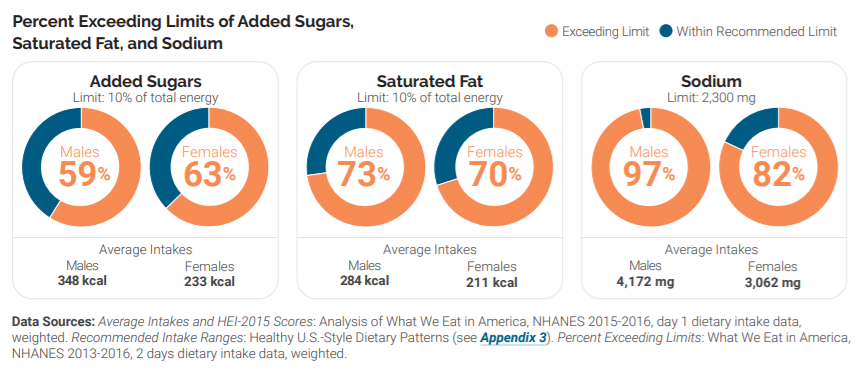
About 45% of Americans age 18 and older have high blood pressure, and 55% of Americans ages 40 – 59 have high blood pressure. Reducing sodium intake is crucial to lowering the risk of cardiovascular disease and stroke. Cheese and dairy products naturally high in sodium make it difficult to keep sodium intake under the recommended 2300 mg/day.
USDA’s Conflict of Interest
Earlier I mentioned that this continued dairy recommendation is disappointing but not surprising. The USDA Agricultural Marketing Service oversees two dairy research and promotion programs, commonly known as dairy checkoff programs. These programs contain comprehensive strategies to increase human consumption of milk and dairy products and to reduce dairy surpluses.
These programs encourage Americans to consume more dairy and cheese. It’s why pizza chains started offering stuffed crust and cheese pizzas with an entire pound of cheese. And there are at least 30 powerful dairy promoting organizations that influence the guidelines.
How can the USDA be expected to publish unbiased dietary recommendations when they also have the job of promoting health damaging foods?
Soy Milk Alternatives
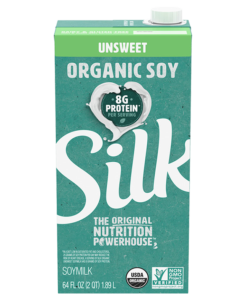 Notably, the USDA did add “fortified soy beverages and yogurt” to the dairy group. Soy milk and soy yogurt are nutritionally similar to dairy from cows, with one critical difference. Research shows that while cow’s milk promotes cancer growth, soy milk reduces cancer risk.
Notably, the USDA did add “fortified soy beverages and yogurt” to the dairy group. Soy milk and soy yogurt are nutritionally similar to dairy from cows, with one critical difference. Research shows that while cow’s milk promotes cancer growth, soy milk reduces cancer risk.
But you certainly don’t need 3 cups of it a day. Much of your calcium needs can be met by consuming green vegetables, beans and nuts. In the blog post “Ditching Dairy – Can You Get Enough Calcium on a Plant-Based Diet?” I shared the details of how to get your calcium and other bone nutrition needs met with plant-based sources.
Ditching Dairy is Easier Than Ever
There are a growing number of dairy alternatives available in most grocery stores. If you don’t have a soy allergy, unsweetened organic soy milk is a delicious and health promoting option. There are also soy yogurts and coffee creamers.
As with any dietary change, there will be an adjustment period for your palate. Remember when you switched from whole milk to 2% or skim milk? At first it tasted thin and different, but later it became the new “normal.”
The same is true for dairy alternatives. Pick one and give it a week or two for your taste buds to adjust. If you still don’t like it, try a different brand. Eventually you will find a dairy alternative that pleases you.
 When it comes to cheese alternatives, most of the options in the grocery store are oil-based and not especially healthy. I recommend making “cheesy” tasting sauces from cashews. These sauces go well on pasta, potatoes, tortilla chips, tacos, lasagnas, and anything else you would often put cheese on. There are also cauliflower based cheesy sauces if you are allergic to tree nuts.
When it comes to cheese alternatives, most of the options in the grocery store are oil-based and not especially healthy. I recommend making “cheesy” tasting sauces from cashews. These sauces go well on pasta, potatoes, tortilla chips, tacos, lasagnas, and anything else you would often put cheese on. There are also cauliflower based cheesy sauces if you are allergic to tree nuts.
Make Dietary Choices Based on the Evidence
There are many good recommendations in the new Dietary Guidelines, including the encouragement to eat more vegetables, fruit and whole grains, and limit sugar, saturated fat and sodium. But much of it is also influenced by the dairy and meat associations with strong financial and political ties. I choose to base my diet on the science, what the bulk of the research indicates is best for long term health: whole plant foods.
If you’d like support adopting a whole food, plant-based lifestyle that works for you and your unique preferences, check out the Juicy Plant-Based KickStart Program.
You Might Also Like to Read/Watch:
Best WFPB Cheese Sauce with Bowtie Pasta
Additional Sources:
U.S. Department of Agriculture and U.S. Department of Health and Human Services. Dietary Guidelines for Americans, 2020-2025. 9th Edition. December 2020. Available at DietaryGuidelines.gov

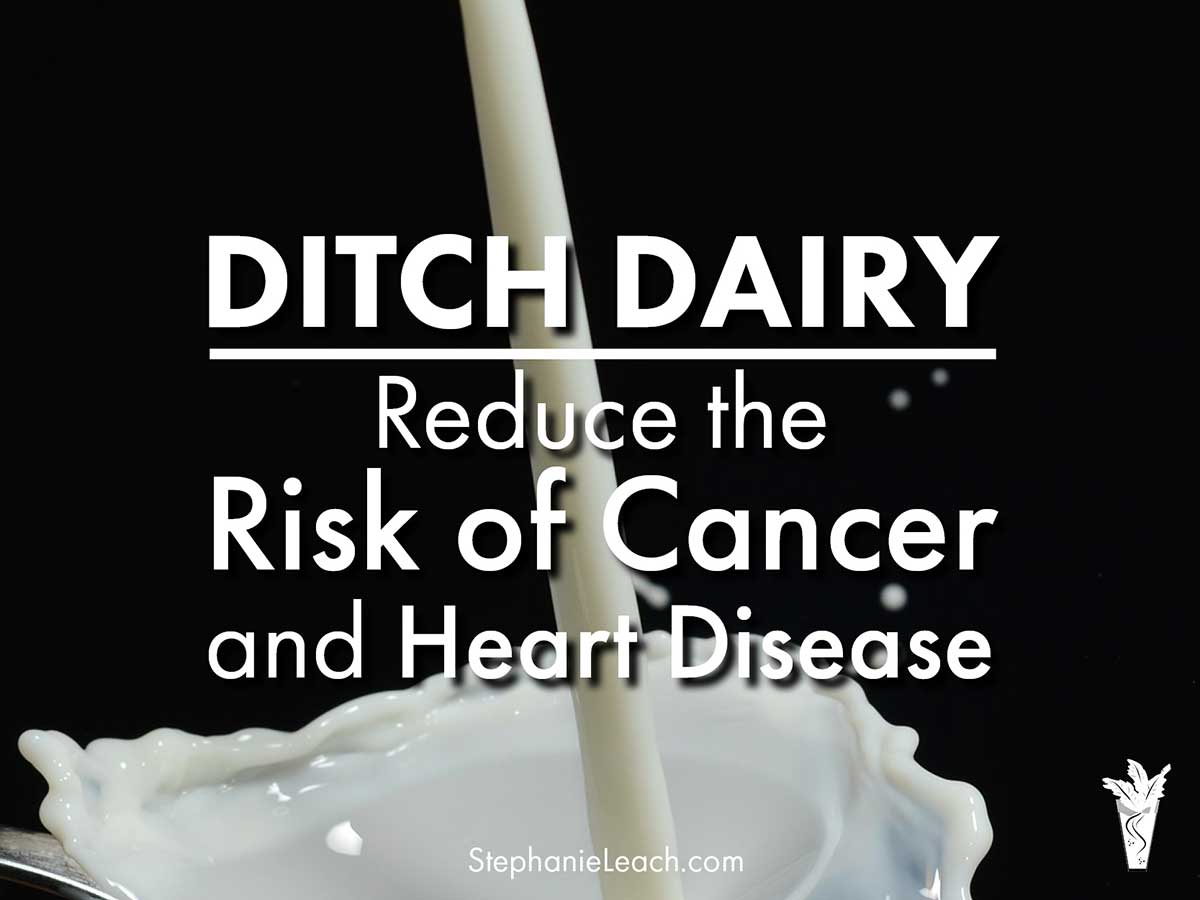



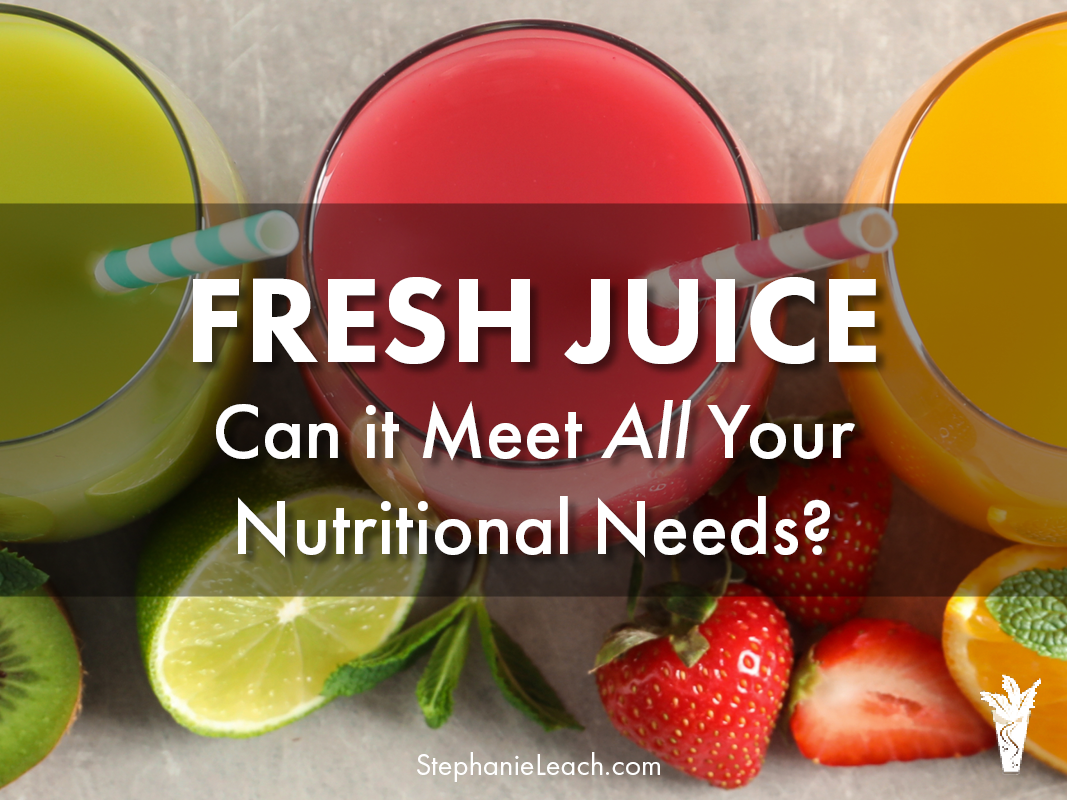
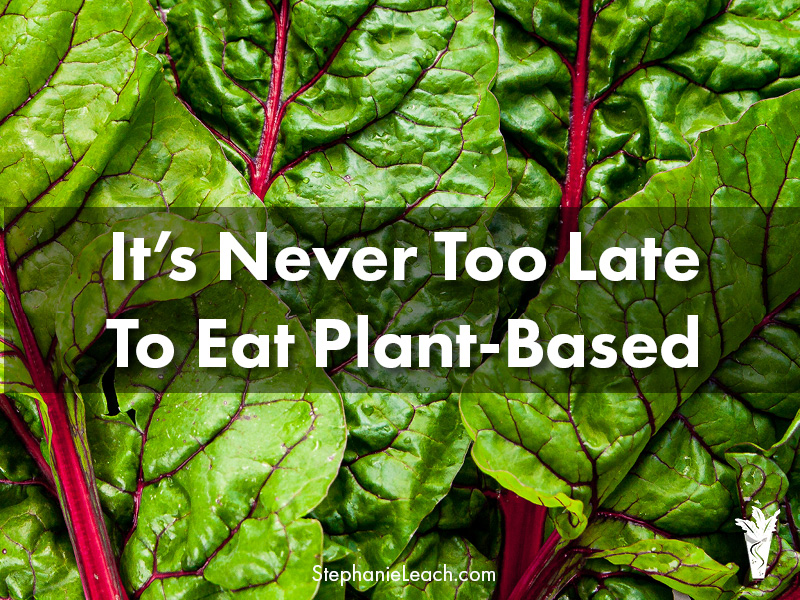


Leave A Comment